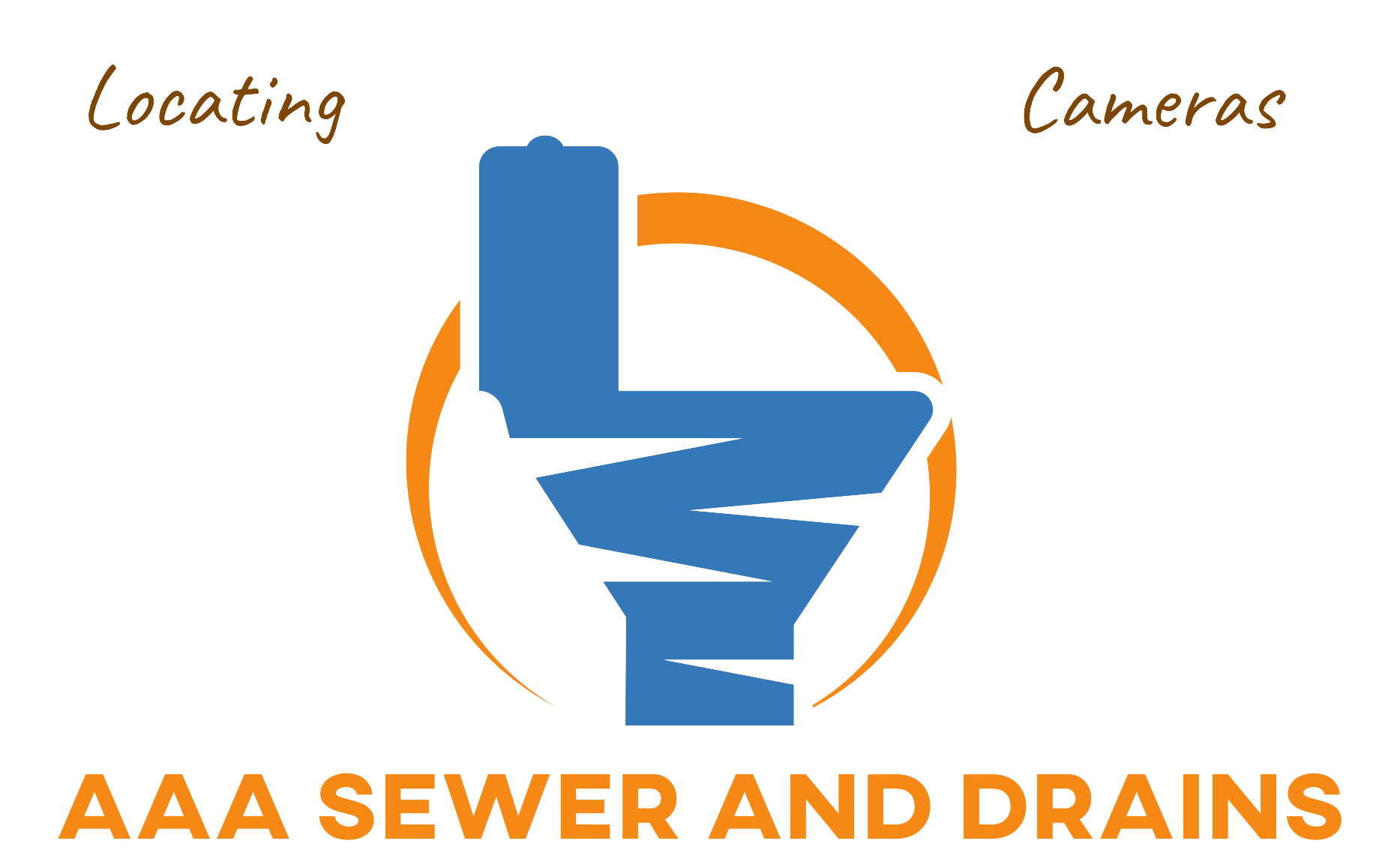Effective Solutions To Stop A Leaky Pipe Before The Plumber’s Arrival
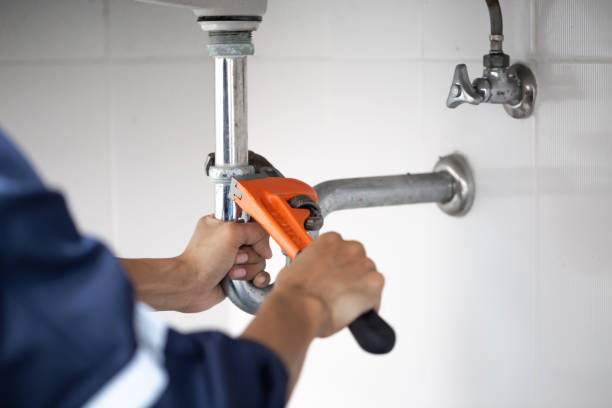
You might not always want to immediately call an emergency plumber when dealing with broken plumbing. Instead, you might want to give your usual plumber a call and make an appointment. The cost of routine plumbing services is frequently cheaper than that of emergency plumbing services. Your plumbing can probably last till the plumber shows up if the leaky pipe isn’t too large.
Despite this, you should continue to make every effort to halt the leak and drain the water as much as you can. Dealing with significant water damage is the last thing you want to do. Water may quickly seep into your home’s structural elements and cause havoc. In this post, we’ll look at some strategies you may use to stop more water damage caused by a leaky pipe. Make sure you call a plumber right away to set up a plumbing installation appointment. The plumber should arrive on that day or the following day, if possible.
The Main Water Valve Should Turn Off
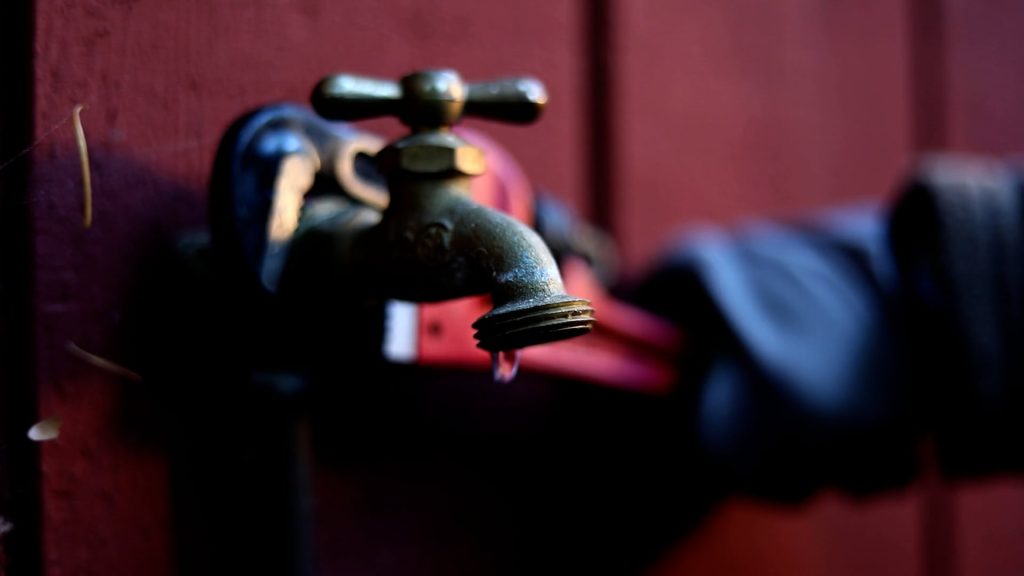
Though it should be the most evident, when a lot of water is pouring into your house, you might not consider it. Close the water valve if at all feasible. Even though this means you can’t use your other faucets, if there is a significant leak, you might be able to stop additional damage. Before this becomes a problem, you should become familiar with your home’s water shut-off (s) so that you will know how to turn off the water in it.
The most obvious one is that you could fix a leaky faucet if a lot of water is seeping into your house. Cut off the water supply if you can. Even if it prevents you from using other faucets, especially if there is a major leak, you might be able to stop additional damage. Before this becomes a problem, you should become familiar with the water shut-off (s) in your home.
Plumbers’ Epoxy
Using a plumber’s tools is a smart place to start if you want to mend a pipe like a plumber. It is really easy to use plumbing epoxy, which is similar to modeling clay. Cut off the water supply to the faulty pipe first after learning how to locate a leak, and then knead a tiny quantity of epoxy in your palm to make it a little softer before putting it to the crack and thoroughly filling it. After giving it some time to solidify, reactivate the water supply and look for leaks. Depending on the extent of the crack, this will prove to be an efficient and rapid remedy that will last you for a while, giving you plenty of time to contact an expert.
Remove As Much Water As You Can By Wiping It Up
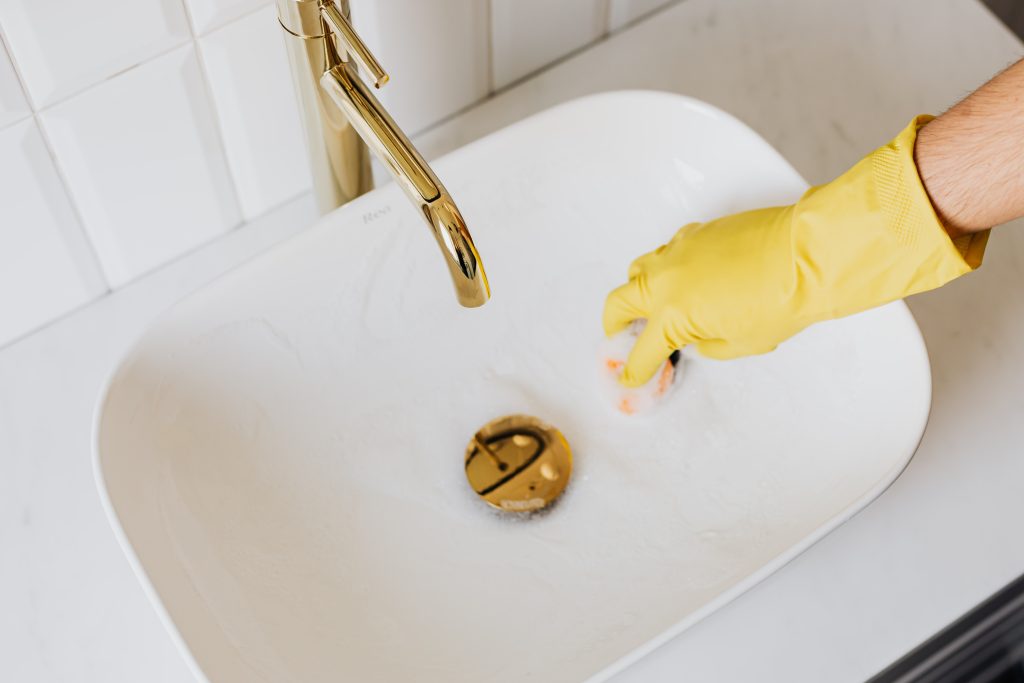
Don’t allow any water that has escaped from the plumbing to seep into the house’s structural base. The plumber will attempt to remove as much of the water as they can when they arrive, but this is not a task that ought to be left to the experts. By drain cleaning up as much of the water as you can, you may save the plumber a lot of time and also preserve your house. Take a bucket and spill as much water from your home as you can onto your yard if there is a minor flood, such as one in the basement. Use a dry towel to wipe away the remaining water once you have taken out as much of it as you can. Particular care should be paid to the cracks near the walls.
Use Pipe Wrap
An adhesive-coated PVC or fiberglass tape called a pipe wrap is used to repair leaky or damaged pipelines. Due to its accessibility, you may purchase a range of pipe wraps online or at your neighborhood hardware shop. The majority of pipe wraps require soaking in water to activate, therefore you must do this before applying them to the injured region. Make sure that each layer of the wrap is sturdy and well-wound for the best efficiency.
Use a Clamp
Leaks may be stopped by using pipe repair clamps, which provide an immediate and effective fix. A broken or leaking kitchen plumbing may usually be temporarily repaired using clamps. They generally consist of a metal sleeve with flexible rubber cushioning inside that is put over the surface of the leaking pipe to seal the leak.
This is how to apply it: Place the clamp over the problematic area with the pipe covered by the rubber cushioning. The repair clamp should then be tightened to cover the leak and establish a tight seal that will prevent water from flowing out of the pipe. You can rely on the clamp to produce a reliable seal for many years once it has been firmly placed.
Getting Ready To Patch A Leaky Pipe
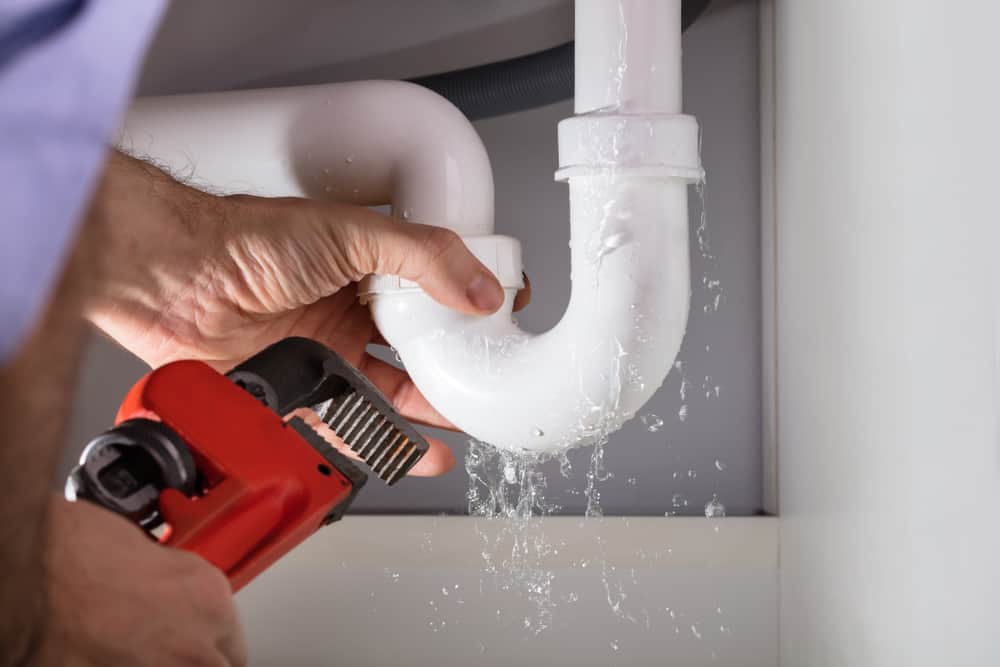
Before you begin the task of patching a leaking pipe, the area you will be working in has to be prepped. To smooth out this region and prevent rust and limescale, we advise using a piece of sandpaper. When the water is switched back on, you won’t experience as many problems because the patch will fit much better on top of the pipes. Even if the plumber can’t visit you right once, if a patch is correctly done, you should be able to turn the water back on.
Apply A Patch
You can employ supplies from your previous remodeling project, including epoxy compounds and pipe wraps, to restrict the leaky pipe. Apply pipe wrap or epoxy materials to the pipe’s fractured part. These materials are efficient since they may be used to stop fractures and leaks of any kind. Pipe wrap and epoxy materials are temporary fixes, though, just like rubber sheeting. Until your plumber shows up, they’ll keep the bathroom plumbing pipes in place and stop future leaks.
Tighten The Pipe Joints
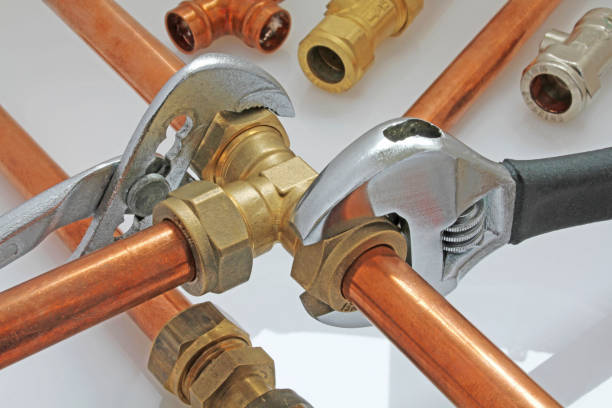
Loose joints may have contributed to the initial leak in your pipe, and even if they weren’t the cause, they will undoubtedly increase the extent of the leak. While you don’t want your fittings to be overly snug, making sure all the connections are tight can assist your pipe maintain a tighter seal until a plumber can repair it.
Duct Tape In The Old Style
That’s correct, while you wait for a plumber, a leak may be quickly and effectively fixed using duct tape. Duct tape has various use, so having a roll on hand in case of an emergency is a smart idea. Once more, this is just designed to be a short-term fix. Even though it can temporarily block the flow of water, duct tape is most definitely not a long-term fix. In conclusion, taking quick action to turn off the water supply, using temporary fixes like pipe clamps or repair tape, and monitoring the leak can effectively stop a leaky pipe before the plumber arrives. However, it is important to seek professional assistance for a permanent repair solution.
In conclusion, taking quick action to turn off the water supply, using temporary fixes like pipe clamps or repair tape, and monitoring the leak can effectively stop a leaky pipe before the plumber arrives. However, it is important to seek professional assistance for a permanent repair solution.
